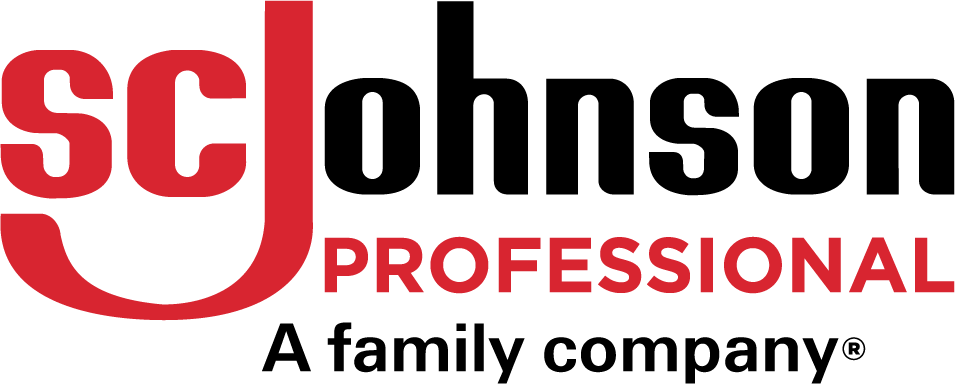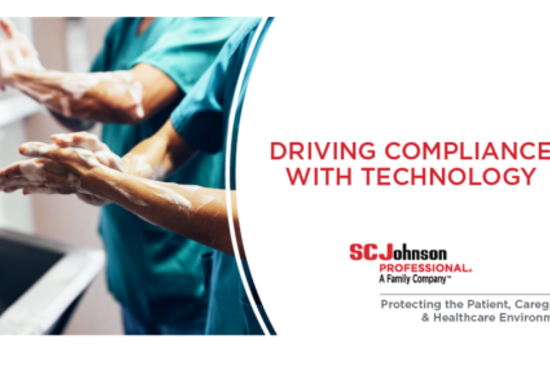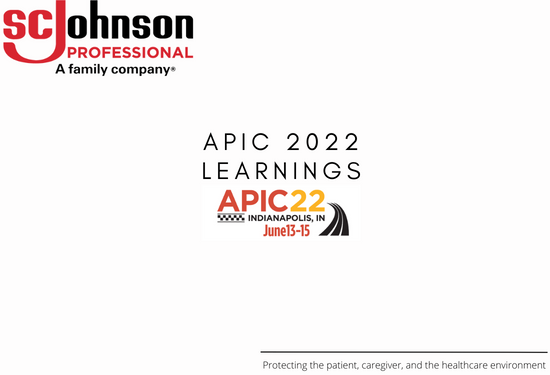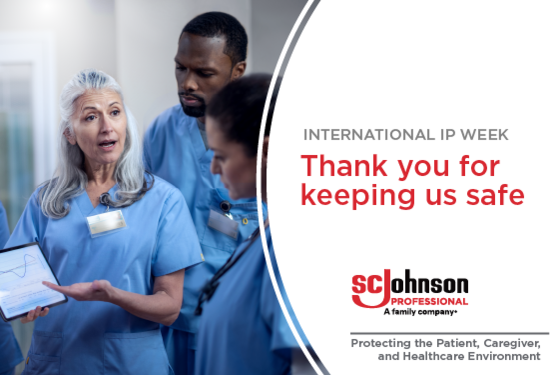The Future of Infection Prevention: Trends Driving Patient & Worker Safety at the Point of Care
By SC Johnson Professional, Healthcare
In recent years, there has been a greater focus on infection control and environmental cleaning practices within the healthcare setting. The COVID-19 pandemic caused that focus to increase exponentially within the last year and most likely for the future.
Germs are a part of everyday life and nearly impossible to avoid. While some are helpful, germs and infectious diseases spread in healthcare settings pose a risk to patients, employees and family members. These germs can contribute to healthcare acquired infections (HAIs) because of fines and lower patient satisfaction, making it critical that healthcare facilities implement robust infection prevention strategies to avoid germ transmission.
Recently, the escalation of COVID-19 has forced hospitals and other healthcare facilities to evaluate preparedness levels, which confirmed that many facilities needed to make important changes to their infection prevention (IP) plans. It required the implementation of standardized infection prevention such as using innovative technologies that track and report data to improve personal and facility cleaning practices.
If one thing is for certain, it’s that IP and environmental services (EVS) practices in healthcare facilities will remain in the spotlight. As we continue to make progress toward a post-pandemic healthcare setting, let’s take a look at some of the trends that will be at the forefront of IP and EVS best practices for years to come.
Infection Control and Safety Platform Technology
According to the Centers for Disease Control and Prevention (CDC), standard precautions for all patient care include: performing hand hygiene, using personal protective equipment (PPE), following respiratory and cough etiquette principals, ensuring appropriate patient placement (i.e isolation precautions) and the proper handling, cleaning and disinfecting of patient care equipment, instruments/devices and environments appropriately. However, transmission-based precautions are used in addition to standard precautions for patients who may be infected with certain infectious diseases. Additional precautions are needed to prevent transmission.[1]
In some healthcare settings “self-monitoring” is utilized. It relies on individual healthcare personnel to track and report any potential lapses in personal hygiene that may affect patients or contact with infected patients without the proper PPE. With healthcare personnel moving at such a fast pace, self-reporting is not always possible or accurate. So how can facilities accurately follow and monitor infection control processes? By using Real-Time Location Systems (RTLS) to provide immediate or real-time tracking and management of medical equipment, staff and patients for contact tracing and electronic hand hygiene monitoring systems.
Contact Tracing
According to the World Health Organization (WHO), “contact tracing is the process of identifying, assessing and managing people who have been exposed to a disease to prevent onward transmission.”[2] COVID-19 generated awareness surrounding the topic, but it will continue to act as an important measure to mitigate the spread of infections, specifically in hospitals, as we enter a post-pandemic healthcare environment.
Contact tracing uses RTLS technology that automatically tracks every entry and exit of staff in patient rooms. Contact tracing with RTLS technology can replace using manually recorded data with more accurate and complete information garnered by these automated systems, which helps IP departments better understand outbreaks and maximize safety protocols. The use of tags can help IP departments obtain records of location data sets and staff, patient and equipment interaction to lead to better IP communications and responses.
Electronic Hand Hygiene Monitoring Systems
Hand hygiene that follows best practice guidelines set by the WHO’s “My 5-Moments” and the Center for Disease Control and Prevention (CDC) has always played an essential role in infection prevention, but the last year has shined a brighter spotlight on its importance. These best practice guidelines are now becoming expectations and hand hygiene compliance will continue to be a component of multi-modal, solution-based IP strategies.
To meet these increased standards surrounding hand hygiene, healthcare facilities can measure hand hygiene compliance by installing an electronic hand hygiene monitoring system that can track hand hygiene events and provide the data needed to support ongoing improvements and compliance.
Given the demands and complexity related to hand hygiene compliance efforts, technology-based solutions will play a vital and ever-increasing role in supporting these compliance efforts now and into the future.
Increase in Cleaning and Disinfecting
In a variety of healthcare settings, “environmental contamination has been significantly associated with transmission of pathogens in major outbreaks of methicillin-resistant Staphylococcus aureus (MRSA), vancomycin-resistant enterococci (VRE), Clostridioides difficile (C.diff), and in protracted outbreaks of Acinetobacter baumannii.”[3] Surfaces in the immediate vicinity of the patient such as bed rails, bedside tables and chairs pose a huge risk to facility outbreaks, which is why it’s critical that IP and EVS departments continue forming collaborative relationships to develop appropriate cleaning protocols that support infection control practices.
There are several surfaces and devices within healthcare facilities that must be cleaned and disinfected. Certain high-touch surfaces such as door handles, nursing stations, reception desks, countertops and light switches need to be cleaned more frequently. In some cases, items will need to be cleaned after every use and surfaces in high-traffic areas like waiting rooms or lobbies should receive special attention. This increase in cleaning will continue long after the pandemic is over.
Attention to Ingredients
Healthcare workers wash their hands up to 100 times a day depending on the number of patients and intensity of care.[4] This can cause a variety of skin reactions, especially when using soaps and sanitizers that aren’t formulated to account for this level of use. With the onset of COVID-19 causing an increase in hand hygiene, healthcare facilities should provide soaps or scrubs that are formulated with skin conditioners to avoid skin irritation. Fragrance-free, dye-free and skin hypoallergenic foaming formulas that are carefully formulated are also recommended options to help minimize the likelihood of any adverse reactions from occurring during use.
Similarly, healthcare facilities should provide soaps, sanitizers and hand scrubs that are effective against common bacteria found in healthcare settings. Use sanitizers with the appropriate level of alcohol. Sanitizers should have a minimum of 60% alcohol to be effective.
A Hygienic Future
With hand hygiene playing such an essential role in preventing the spread of germs and infectious diseases, it’s important to follow the suggested handwashing procedures while also automating monitoring to keep better track of compliance throughout healthcare facilities. Additionally, properly disinfecting and sanitizing surfaces by following label instructions and paying close attention to ingredients in products will be key factors in keeping facilities and employees clean and safe in a post-pandemic healthcare environment.
For more information on SC Johnson Professional products and solutions for healthcare facilities, visit https://www.debmed.com/
Return To News



